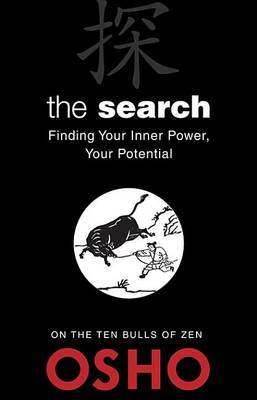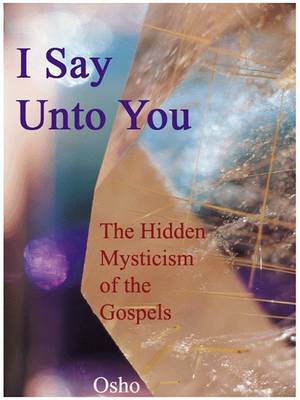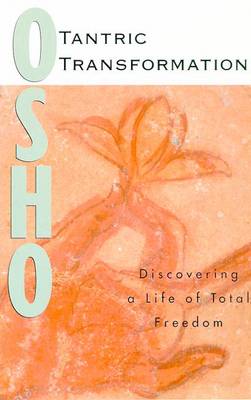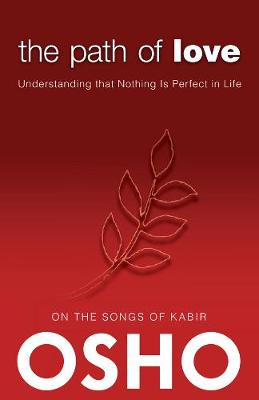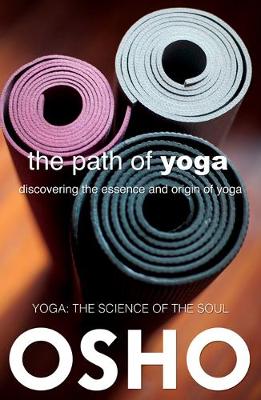Osho Classics
13 total works
His insights are so relevant for today's societies where the sharp functioning of the mind is more valued than the intelligence of the heart.
Osho calls Zen not a teaching but an alarm to wake us up, because as individuals we are all deeply asleep, and this sleep has to be shattered. "For centuries, you have been asleep. Sleep has become your nature. You have forgotten what awareness is, what to be awake means." He wants us to wake up...before it is too late.
Zen, more than any other religious or spiritual tradition, is relevant to such times as these, when none of our old approaches to solving problems will do. Immediate, urgent, and direct, Zen is not interested in answers or in questions, not interested in teaching at all, because it is not a philosophy. As Osho begins here, by quoting the great Zen master, Diae: "All the teachings of the sages, of the saints, of the masters, have expounded no more than this: they are commentaries on your sudden cry, 'Ah, This!'"
In this series of talks, Osho unfolds a selection of classic Zen stories and responds to questions. Along the way, we learn how the tools of Zen can be used to embrace uncertainty, to be at ease with not-knowing, to act decisively and with clarity and awareness. To "get woke," in other words, so that we can use each moment between now and midnight for transformation.
Osho, mentions this book on several occasions in his later talks. When the second prime minister of India traveled to Russia, a copy of The Perfect Way was with him. And when someone in contact with Osho at the age of ninety stumbled upon The Perfect Way, he commented, "All my learning of the scriptures was futile, only this small book is enough."
In The Perfect Way the reader meets a human being who knows, but who also knows how to convey what he knows. His genius in full flight, he points us as far as one can with words toward the inner world of the self, toward the zone of silence.
What starts on a hot summer day in the early 1960's will prove to be the first seed of a revolutionary experiment in the flowering of human consciousness - one which will eventually transform the lives of millions of people all over the world.
"To be without thoughts is meditation," Osho says. "When there are no thoughts, it is then we come to know the one hidden by our thoughts. When there are no clouds, the blue sky is revealed."
This book is page after page of blue sky.
Some say that Yoga means dropping the ego, ego is the barrier: the moment you drop the ego you are joined to the divine. You were already joined; it only appeared that you were not joined because of the ego. There are many definitions, but Patanjali's is the most scientific. He says: Yoga is the cessation of mind. "What is the mind? What is the mind doing there? What is it? Ordinarily we think that mind is something substantial there, inside the head. Patanjali doesn't agree, and no one who has ever known the inside of the mind will agree. Modern science also doesn't agree. Mind is not something substantial inside the head. Mind is just a function, just an activity."
